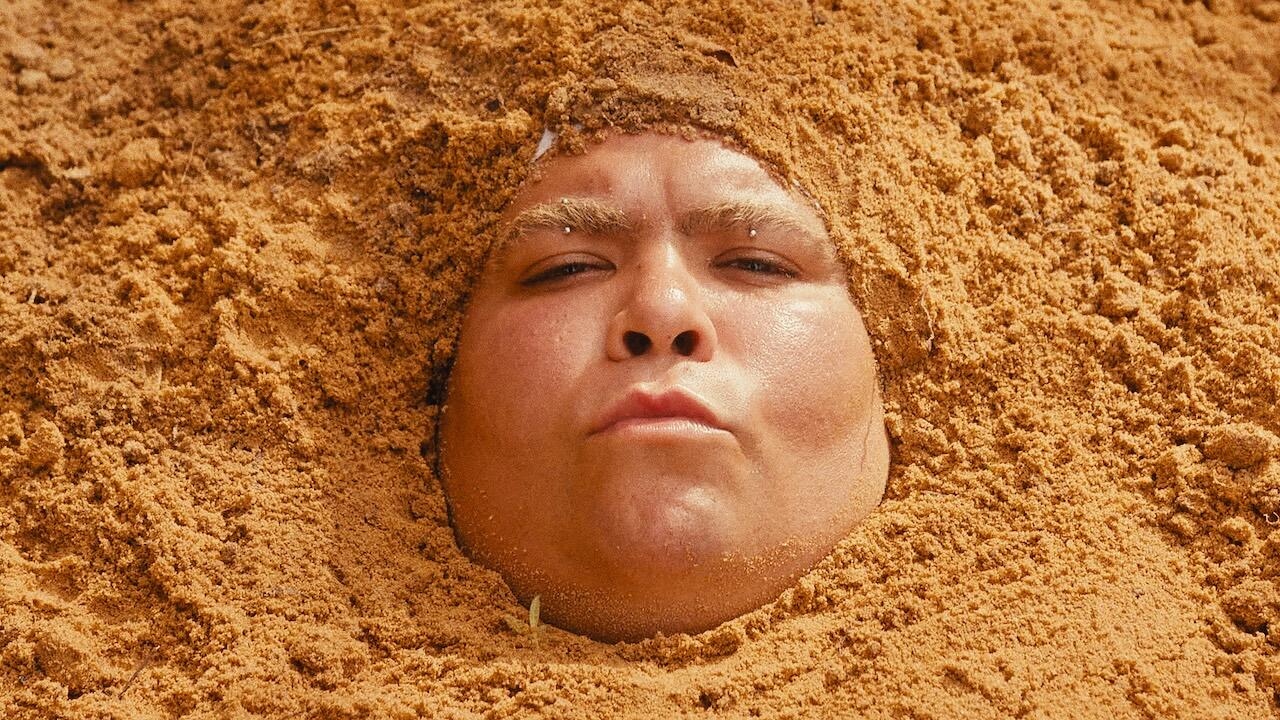The Magic of the State

This two-part exhibition and editorial project took place at one of Cairo’s newest spaces, Beirut, and London’s Lisson Gallery. Curated by Lisson’s Silvia Sgualdini and Beirut’s team (Jens Maier-Rothe, Sarah Rifky and Antonia Alampi), ‘The Magic of the State’ was an unusual – even quite strategic – collaboration between two very different spaces: new and established; Middle Eastern and European; not-for-profit and commercial (though only one Lisson artist, Ryan Gander, was in the show). Most of the seven artists exhibited different works across the two venues. Though I feel like I’m one of only about five people on the planet who got to see both exhibitions, neither felt incomplete seen in isolation.
In Michael Taussig’s 1997 book The Magic of the State, he argues that the modern state is characterized as ‘a reified entity, lusting in its spirited magnificence, hungry for soulstuff’. For the New York-based anthropologist, an endless array of rites and sacred objects are necessary to keep us spellbound, convinced that the state is indeed a thing. I should be candid: I haven’t read The Magic of the State, but at least this means I’ll avoid making an assessment of whether the project gets Taussig’s thesis academically ‘right’. It also raises the question of what is at stake, curatorially, when exhibitions borrow from, or are inspired by, books. What can I claim to learn about Taussig’s ideas through this show, and does it matter?
Rather than presenting some kind of film-of-the-book, the curators took a more performative, interpretative tack. One common strategy was the collaged, associative thesis: many of the assembled works intertwined mythologies and speculations that dissolved the state’s matter-of-factness like a tooth in a glass of Coca-Cola. You’d wear yourself out seeking empiricism, but then magic isn’t mean to be defensible. Instead, magicians often depend on being dazzled, and this was the case with Rana Hamadeh’s Al Karantina (2013), a cabinet that served as the site of a performance lecture at Beirut. Later, the cabinet’s drawers could be explored, little windows opening onto connected images, objects and innumerable drawings. Christodoulos Panayiotou’s Flowers (2012) was much simpler, a set of archival photographs from the Press and Information Office in Nicosia, taken some time after Cypriot independence. A gorgeously decked-out bishop is being taken on some sort of municipal tour by local dignitaries. Almost every aspect of the tour is symbolic or rhetorical: a performance of approval, a successful date between the church and state in the formation of a modern national identity.
At Beirut, Goldin+Senneby presented The Decapitation of Money (2010), an audio lecture by their frequent ‘spokesperson’, economic geographer Angus Cameron. He speaks of that most ordinary of miracles – money – connecting its increased virtuality to the ideas of Georges Bataille and the concept of sovereignty. His voice played in a pitch-black room, in which a strobe occasionally lit up a map of the Bois de Boulogne, where the lecture was recorded. It was initially a pleasure to see Goldin+Senneby’s generally immaterial work take a physical form. But it was essentially slight, leaning heavily on the figure of Cameron, while the addition of the tantalizingly glimpsed map did little to add to the brilliance of the lecture itself. At Lisson, the formal qualities of the duo’s Money will be like dross: A replica instruction for the August Nordenskiöld alchemy furnace (2012) assisted the work much further. In an elaborate wooden case were included all the maquettes, digital files and photographic details necessary for the reconstruction of an alchemist’s furnace from the 1780s. Nordenskiöld had been commissioned by King Gustav III of Sweden to pursue the alchemical manufacture of gold. However, Nordenskiöld obeyed with an oppositional agenda, wishing to rendering gold valueless through profusion. A contract is attached to Goldin+Senneby’s replica-kit: those who sign will receive the case and its plans, but the art work is only authenticated once the furnace replica has been built to the artists’ satisfaction. A suggestive parallel is made – not for the first time but in a succinct and beautiful form – between two spaces of highly inflated value (art and gold), each with their own subversions.
This thread was sustained by Anja Kirschner and David Panos’s video installation Ultimate Substance (2012), shown slightly differently in each venue. Filmed mostly in the Greek municipality of Lavreotiki, and set around an ancient silver mine, its collaged scenes show naked bodies mining by hand in a fire-lit cave, implicitly primitive.
Contemporary scenes show the exploration of the same land’s history: dirt bikes ride over the same ground; schoolchildren explore archaeological material in a museum. The loose thesis of Ultimate Substance is most clearly enunciated by the voice-over, provided by archaeologist Andreas Kapetanios: ‘Moving from the Lavreotiki landscape to the Parthenon and vice versa, one passes from the bowels of the earth to the top of a rock. And through this route, you experience […] the material expressions and the symbols of a political society, of a society with power structures.’
















